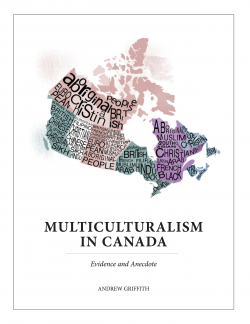Ottawa declassifies more details from Rodal report on Nazi war criminals in Canada
2024/02/05 Leave a comment
Of note:
As justice minister in the late 1960s, Pierre Trudeau opposed revoking the citizenship of a naturalized Canadian suspected of murdering 5,128 Jews in Latvia during the Second World War, over concerns about legality and social cohesion, long-redacted memos released on Thursday show.
…The previously redacted sections of Ms. Rodal’s report explore, among other cases, the case of F, from Latvia, a suspected firing-squad captain. He had been convicted in absentia by the Soviet Union. A 1965 memo by the legal division of External Affairs observed that the Soviet Union had requested his extradition to embarrass the Canadian government, but that at the same time, Canada had no reason to doubt the truth of the accusations. If true, the memo says, F was “an ardent Nazi lackey, not only cooperating actively with the occupying German forces but actually serving their Jewish and Gypsy extermination squads.” The memo said Canada had denied requests for extradition in at least four cases.
When the Canadian Jewish Congress asked in 1966 for a re-examination of the legal possibilities for action, a meeting across government departments was held. Two ideas for addressing war criminals were rejected: the revocation of citizenship for failing to disclose details of their past, and therefore not being of “good character” as required in citizenship applications; and retroactive legislation to allow for trials in Canada. There was a caveat: If a major war criminal such as Martin Bormann, who was once suspected of being in Canada, turned up, retroactive laws might be considered.
Mr. Trudeau later wrote, in a memo to Paul Martin Sr., who was secretary of state for external affairs, that nothing in Canadian law suggests a citizenship application is “in the nature of a confessional, requiring the applicant to disclose all prior conduct.”
On the subject of F, the alleged firing squad captain, Mr. Trudeau added that while anxiety in the Jewish community was understandable, “it would be most ill-advised for the government to undertake this venture, which would involve publicly accusing a Canadian citizen of having committed crimes in Latvia in respect of which he has been convicted, in absentia, in Russia.” Such a move, Mr. Trudeau said in a separate memo, could suggest widespread revocations of citizenship ahead.
…..Mr. Matas said Mr. Trudeau has since been proven wrong on his legal concerns, as the courts have allowed the revocation of citizenship for intentional non-disclosure.
Source: Ottawa declassifies more details from Rodal report on Nazi war criminals in Canada
